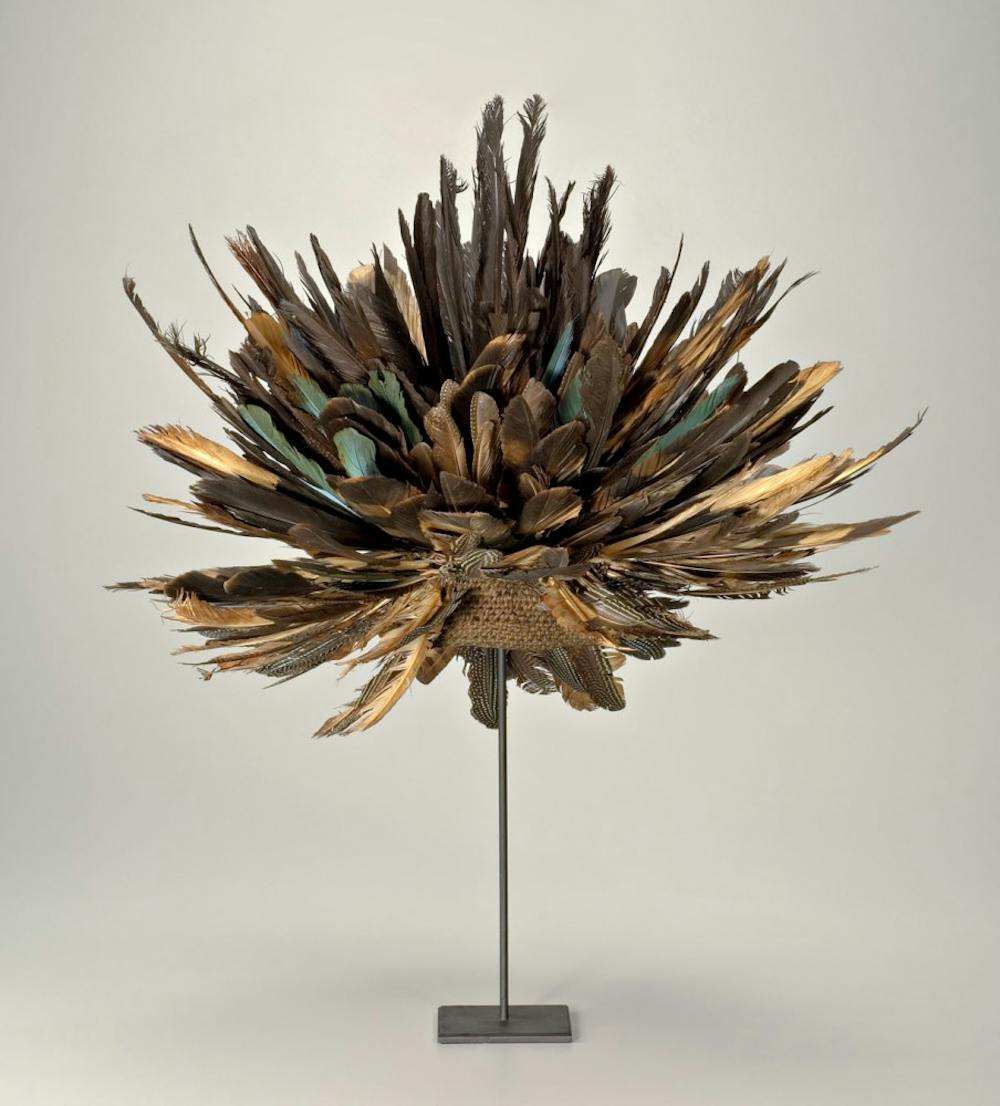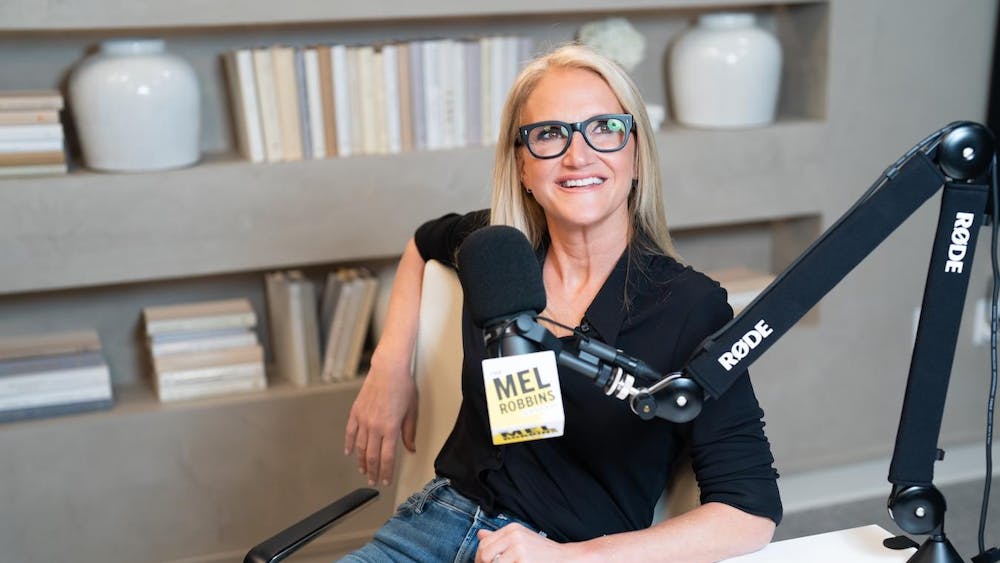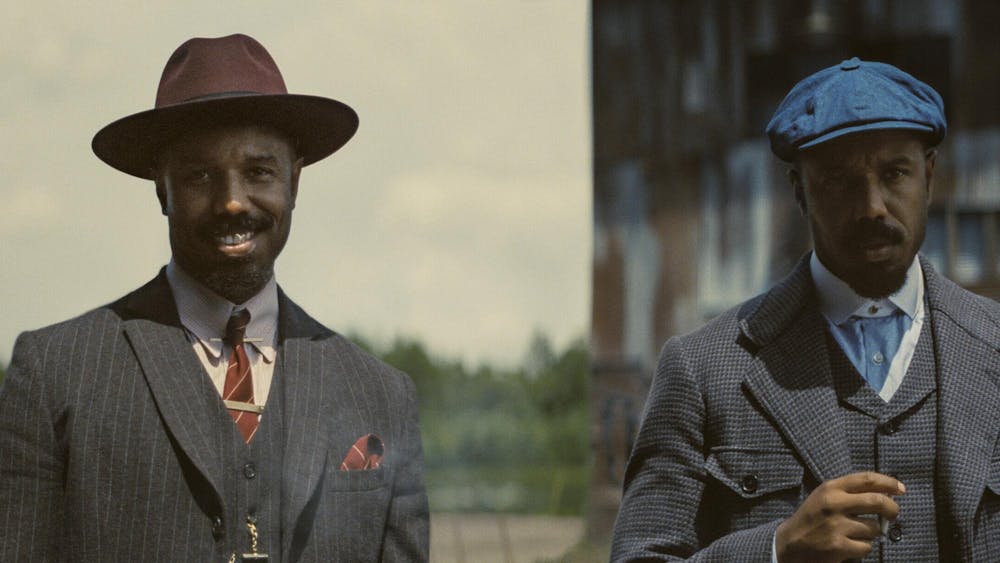An anonymous donor has gifted IU’s Department of Art History with $1.5 million to establish the Tanner-Opperman chair for African art studies. The position will be the first endowed chair for the department.
Larry Singell, executive dean of the College of Arts and Sciences, said the endowment will allow the college to hire a faculty member who is at the top of the field of African arts studies.
He said he hopes the faculty member filling the position will continue IU’s tradition of excellence in African art, be a mentor for students and serve as a voice for African art in the larger community.
“We have been a leader in African art for a long time,” Singell said. “This assures the fact that we will always have that reputation as being a leader in African art. It’s going to allow us to compete for the best.”
He said the endowment, paired with IU’s strong African studies program and the IU Eskenazi Musem of Art’s wide collection of African art, will allow the University to train the next generation of African art scholars.
The endowment will also be in honor of Roy Sieber, who helped found the African studies program when he joined IU in 1962.
He also served in leadership roles at the Smithsonian Institution’s National Museum of African Art and mentored more than 30 African art history Ph.D. students in his 30 years at IU.
Tavy Aherne, associate director of the African Studies Program, was one of these 30 students and Sieber’s last graduate assistant.
Aherne said Sieber, who died in 2001 at the age of 78, was one of the first to treat objects from Africa as art on the same level as art from any other region, rather than just anthropological specimens.
As a result, she said Sieber became the father of African art studies in the U.S. and mentored or followed the research of everyone in the African arts community who came after him.
“You don’t have that kind of knowledge anymore,” she said. “He knew this discipline from its birth. He had such depth and breadth in his knowledge.”
Aherne said Sieber taught his students to think deeply about art and artists and to see artists’ relationships with their work as a back-and-forth dialogue. He also created a supportive atmosphere and a bond within the African arts studies community.
“We feel like generations, like his extended family,” Aherne said.
Sieber also wanted to educate collectors about African art, Aherne said.
“He didn’t want people to just grab things from the market,” she said. “He wanted them to appreciate it and understand it and gather incredible work.”
She said collectors flocked to Bloomington to learn from Sieber, and the relationships he built with collectors made them want to donate their collections to IU.
The result was allowing one of the best African art collections in the world to be at the fingertips of students at IU, she said.
Sieber’s students are everywhere, said Diane Reilly, IU Department of Art History chair.
“They fanned out from IU and became the backbone of African art history around the world,” she said.
In addition to Sieber's students, Reilly said the position will be his legacy.
She said the endowment will also allow the department to organize programs, events and conferences that will make IU a global center for African arts.
Aherne said the endowment will also allow professors to be more creative in their teaching methods and research.
As university art departments around the country face cutbacks, especially in African arts, Singell said efforts like this will help fill the void.
Aherne said these cutbacks and Africa’s rapid growth are reasons why studying African art is so important.
When China was rapidly growing, much like Africa is now, Aherne said the U.S. did not recognize the country's development early enough. The U.S. did not get Chinese languages into schools or educate students on how to do business and interact in China.
“Now, we’re just behind again in Africa,” she said.
She said people need to be studying Africa and becoming culturally literate, and art is an avenue for that.
Reilly said Africa’s rich artistic tradition makes it an important area of study. She said she wants students to become familiar with the art of a lesser-known area and to think of Africa as part of the forefront of contemporary art movements.
Singell said he is thankful to the anonymous donor for giving IU this opportunity to continue diving deeper into African art.
“This was not a brainchild of the dean,” he said. “This was a donor who saw a need and made a commitment. That’s really a special thing to have a donor willing to look at the world and IU and want to make a difference in a way that will continue for decades.”
A previous version of the story incorrectly spelled the name of Tanner-Opperman chair. The IDS regrets this error.






